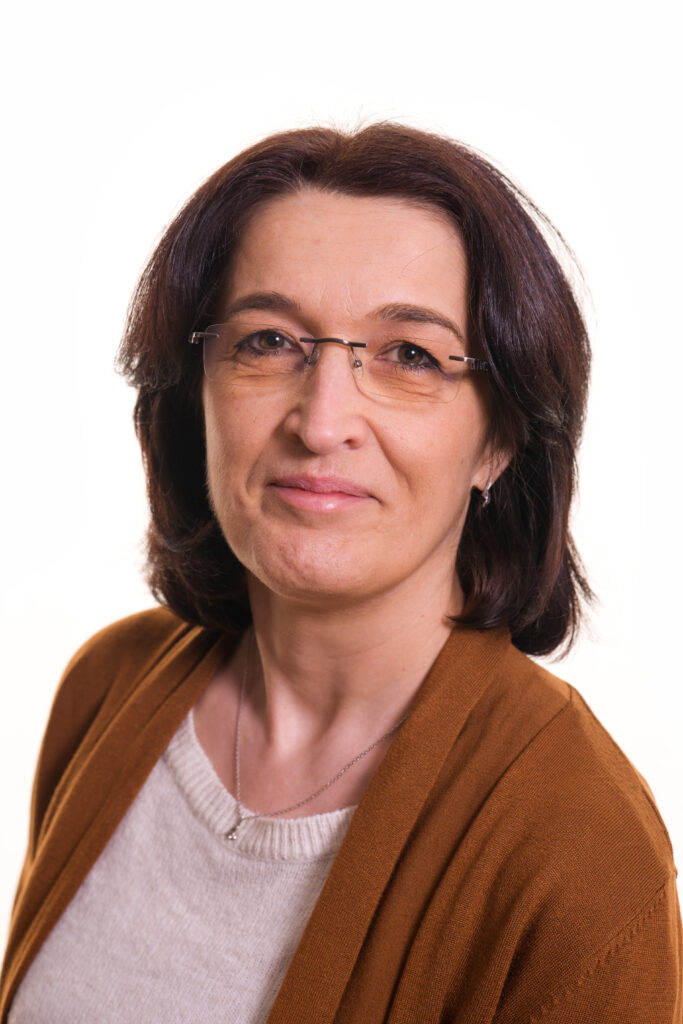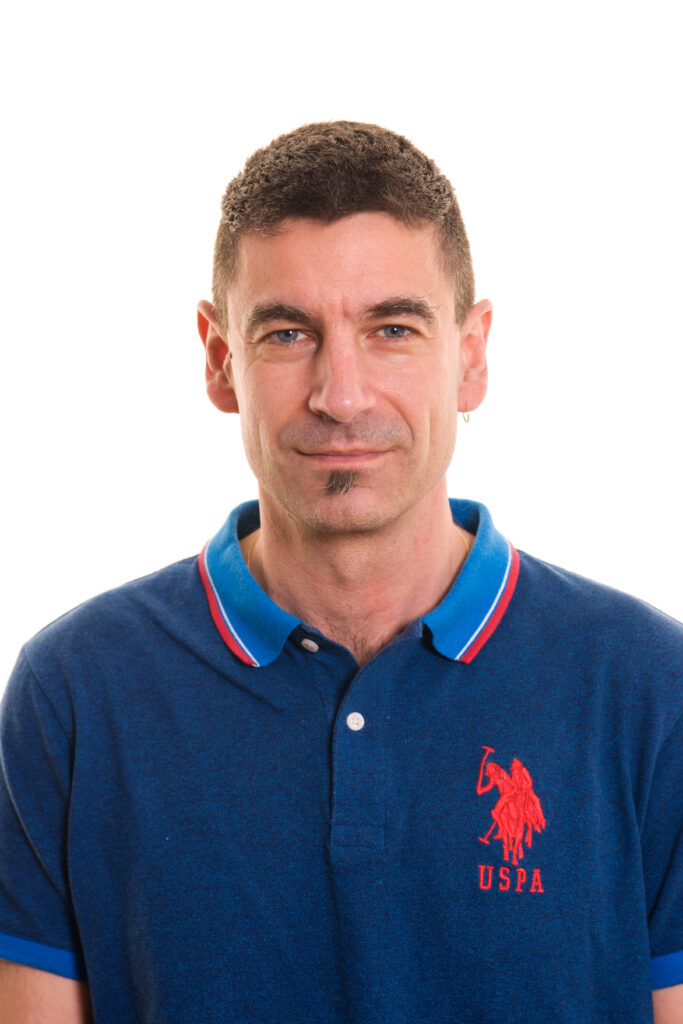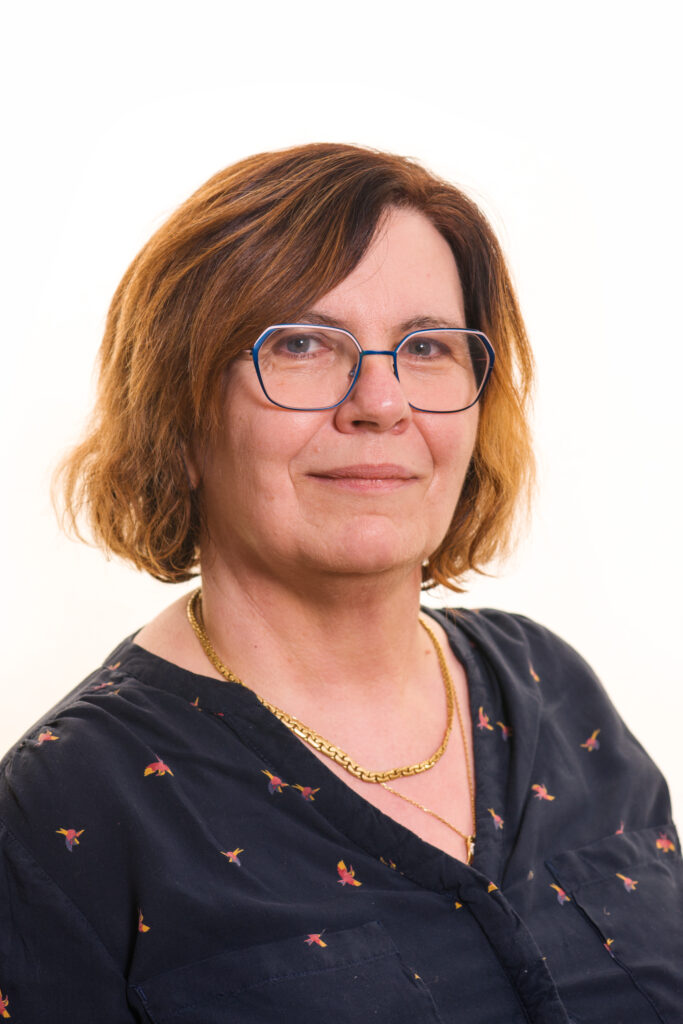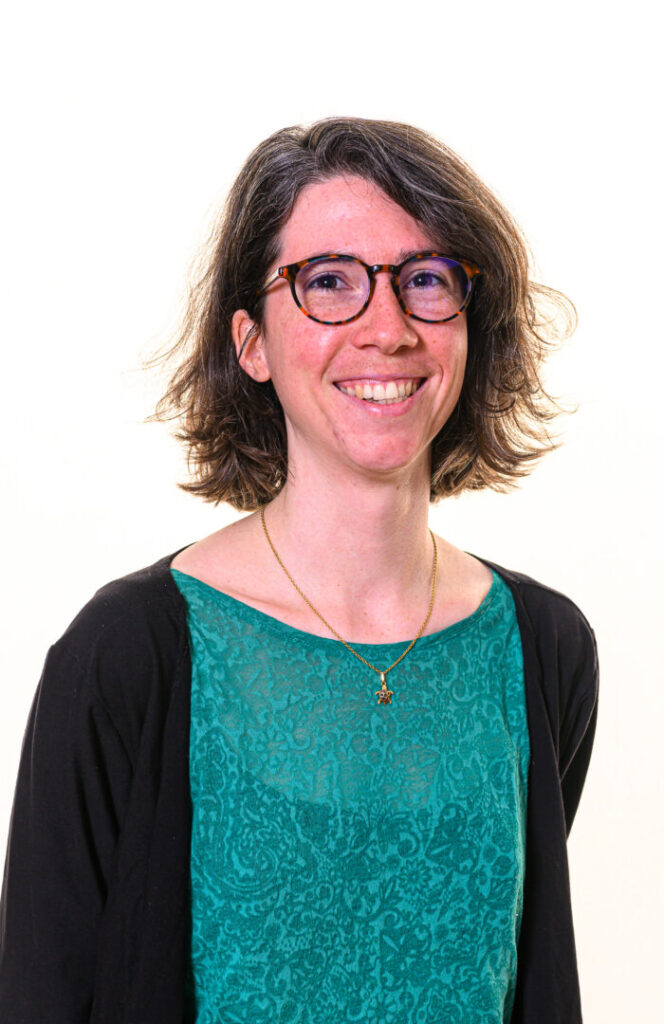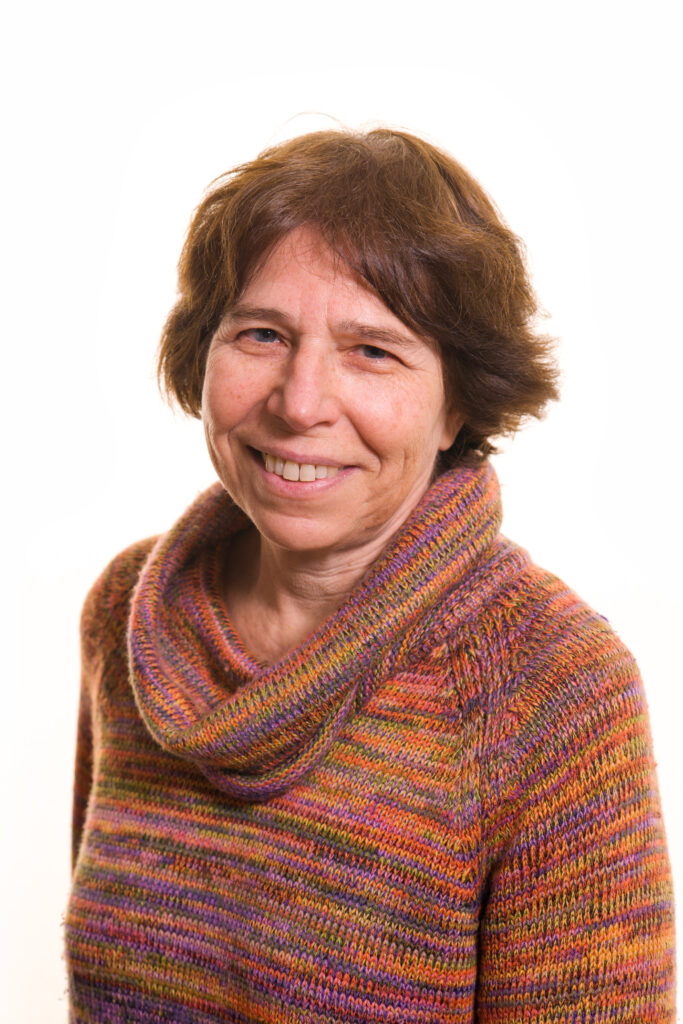
Scientific lead
Lab manager
Associated researchers
Research support staff
The MC-ICP-MS and TIMS Mass Spectrometry facility is dedicated to high-precision isotopic analyses of geological, extraterrestrial or environmental samples. This includes the development of new tools based on variations of the isotopic abundances of stable (mass-dependent or -independent) or radiogenic isotopes.
We use these tools for different projects within the Sciences of the Earth and the Universe: the formation of the Earth and the solar system, geochronology, magmatic processes, differentiation of the mantle, continental alteration, (palaeo)environmental reconstructions, or even characterising pollution and the influence of human activities.
The principal instruments within our facility include a Neptune Plus MC-ICP-MS, a Triton Plus TIMS and a Finnigan MAT 262 TIMS. We also have an ensemble of clean rooms as part of the project STEHLo.
This facility, installed at the CRGP, is part of the local ANATELo network (OSU OTELo) and the national RéGEF network (INSU). It is also part of the SGRIF facility of the Europlanet network.
EQUIPMENT
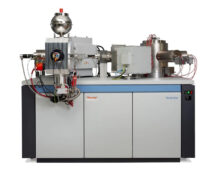
Thermo Scientific Triton Plus Negative/positive - TIMS
Notable equipment:
Three 1013 Ω detectors for very weak signals
Analyses:
186OS/188Os, 187OS/188Os
ε142Nd
ε40Ca, δ44Ca
87Sr/86Sr
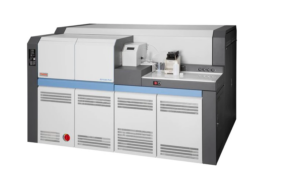
Thermo Scientific Neptune Plus - Multicollector
Coupled systems:
Introduction system: Apex HF Desolvating Nebulizer (ESI), Aridus II Desolvating Nebulizer System and HGX‑200 Hydride Generation System (Teledyne CETAC Technologies).
Analyses:
δ7Li, δ26Mg, δ34S, Δ33S, δ56Fe, δ60Ni,δ65Cu, δ66Zn, δ74Ge, δ114Cd, ε143Nd, δ148Nd, δ202Hg, Δ199Hg, Δ201Hg, 204,206,207,208Pb, Re, PGE, Sm-Nd
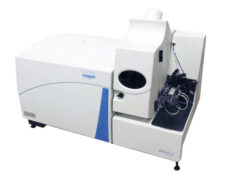
Thermo Scientific X-Series 2 Quadrupole
Analyses:
Column calibration, metal/Ca ratios
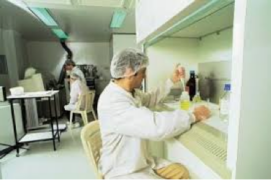
Clean rooms – STEHLo facility
Description:
Upstream of sample isotopic analyses (including, for example, meteorites, igneous rocks, sediments, river waters or plants), the chemical elements of interest must be extracted from their natural matrix. This involves digesting them, i.e. putting them in solution, then extracting them by different methods (ion exchange resin, distillation, liquid-liquid chromatography).
Analyses:
In addition to well-established analyses (e.g. Rb-Sr, Sm-Nd, Pg-Pb and Lu-Hf dating or even tracing sources using 87Sr/86Sr or ε148Nd), we develop new methods for specific isotopes, whether stable or radiogenic (e.g., Δ33S, ε40Ca, δ74Ge, 186Os/188Os, ε143Nd ou encore δ148Nd).
This ensemble of clean rooms is grouped under the project STEHLo.
CONDITIONS OF ACCESS/PRICES
Access: Access to this facility requires prior training. Annually, our facility welcomes masters and doctoral students (mainly from the Faculté de Sciences et Technologie de l’Université de Lorraine and l’Ecole Nationale Supérieure de Géologie) and postdocs. We also provide services to our academic collaborators and private partners. Do not hesitate to contact the SARMi (Sr, Nd, Pb) or the facility managers (by email or the below contact form) for more information concerning other elements or isotopic systems.
Prices: Contact the facility managers.
ANALYTICAL REQUEST FORM
Request form:
members
SOME PUBLICATIONS
Bekaert, D.V., Broadley, M.W., Delarue, F., Druzhinina, Z., Paris, G., Robert, F., Sugitani, K., Marty, B., 2020. Xenon isotopes in Archean and Proterozoic insoluble organic matter: A robust indicator of syngenecity? Precambrian Res. 336, 105505. https://doi.org/10.1016/j.
Chernonozhkin, S.M., Mercadier, J., Reisberg, L., Luais, B., Zimmermann, C., Morlot, C., Salsi, L., Lecomte, A., Rouer, O., Brouand, M., Doney, A., Ledru, P., 2020. Evaluation of rammelsbergite (NiAs2) as a novel mineral for 187Re-187Os dating and implications for unconformity-related U deposits. Geochim. Cosmochim. Acta 280, 85–101. https://doi.org/10.1016/j.gca.
Florin, G., Luais, B., Rushmer, T., Alard, O., 2020. Influence of redox processes on the germanium isotopic composition of ordinary chondrites. Geochim. Cosmochim. Acta 269, 270–291. https://doi.org/10.1016/j.gca.
Grocolas, T., Bouilhol, P., Caro, G., Mojzsis, S.J., 2022. Eoarchean subduction-like magmatism recorded in 3750 Ma mafic–ultramafic rocks of the Ukaliq supracrustal belt (Québec). Contrib. Mineral. Petrol. 177, 39. https://doi.org/10.1007/
Klaessens, D., Reisberg, L., Jousselin, D., Godard, M., Aupart, C., 2021. Osmium isotope evidence for rapid melt migration towards the Moho in the Oman ophiolite. Earth Planet. Sci. Lett. 572, 117111. https://doi.org/10.1016/j.
Laurent, D., Durlet, C., Barré, G., Sorriaux, P., Audra, P., Cartigny, P., Carpentier, C., Paris, G., Collon, P., Rigaudier, T., Pironon, J., Gaucher, E.C., 2021. Epigenic vs. hypogenic speleogenesis governed by H2S/CO2 hydrothermal input and Quaternary icefield dynamics (NE French Pyrenees). Geomorphology 387, 107769. https://doi.org/10.1016/j.
Maltese, A., Caro, G., Pandey, O.P., Upadhyay, D., Mezger, K., 2022. Direct evidence for crust-mantle differentiation in the late Hadean. Commun. Earth Environ. 3, 12. https://doi.org/10.1038/
Mitra, A., Sen, I.S., Pandey, S.K., Velu, V., Reisberg, L., Bizimis, M., Cloquet, C., Nizam, S., 2021. Lead Isotope Evidence for Enhanced Anthropogenic Particle Transport to the Himalayas during Summer Months. Environ. Sci. Technol. 55, 13697–13708. https://doi.org/10.1021/acs.
Reisberg, L., Zimmermann, C., 2021. Optimisation of 186Os/188Os Measurements by N-TIMS Using Amplifiers Equipped with 1013 Ω Resistors. Geostand. Geoanalytical Res. 45, 287–311. https://doi.org/10.1111/ggr.
Song, B., Yang, Y., Yang, R., Galy, A., Zhang, K., Ji, J., Liu, Y., Ai, C., Wang, C., Hou, Y., 2020. Miocene 87Sr/86Sr ratios of ostracods in the northern Qaidam Basin, NE Tibetan Plateau, and links with regional provenance, weathering and eolian input. Palaeogeogr. Palaeoclimatol. Palaeoecol. 552, 109775. https://doi.org/10.1016/j.
Zelano, I.O., Cloquet, C., van der Ent, A., Echevarria, G., Gley, R., Landrot, G., Pollastri, S., Fraysse, F., Montargès-Pelletier, E., 2020. Coupling nickel chemical speciation and isotope ratios to decipher nickel dynamics in the Rinorea cf. bengalensis-soil system in Malaysian Borneo, Plant and Soil volume 454, 225–243. https://doi.org/10.1007/s11104-020-04541-0










